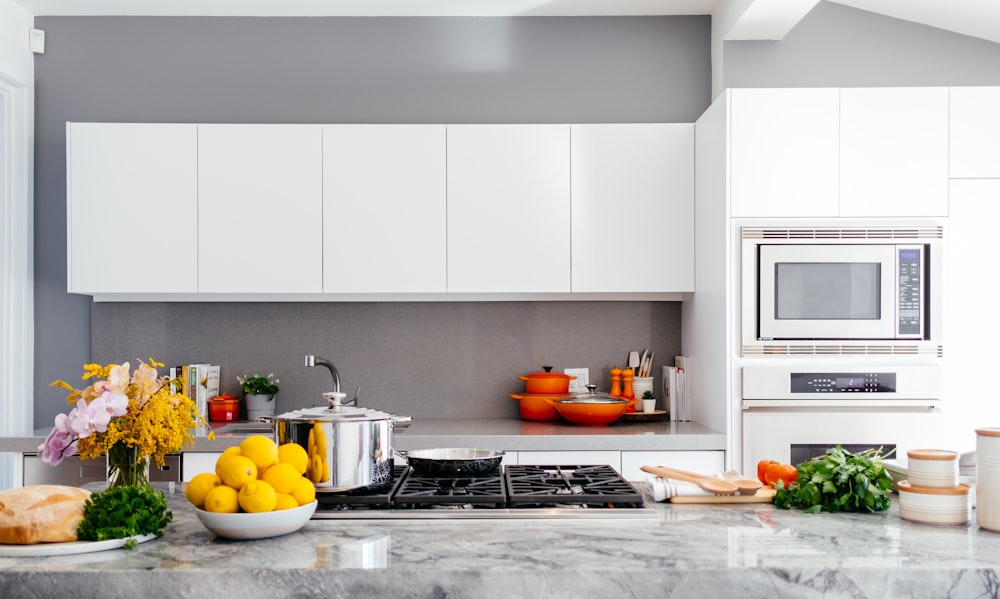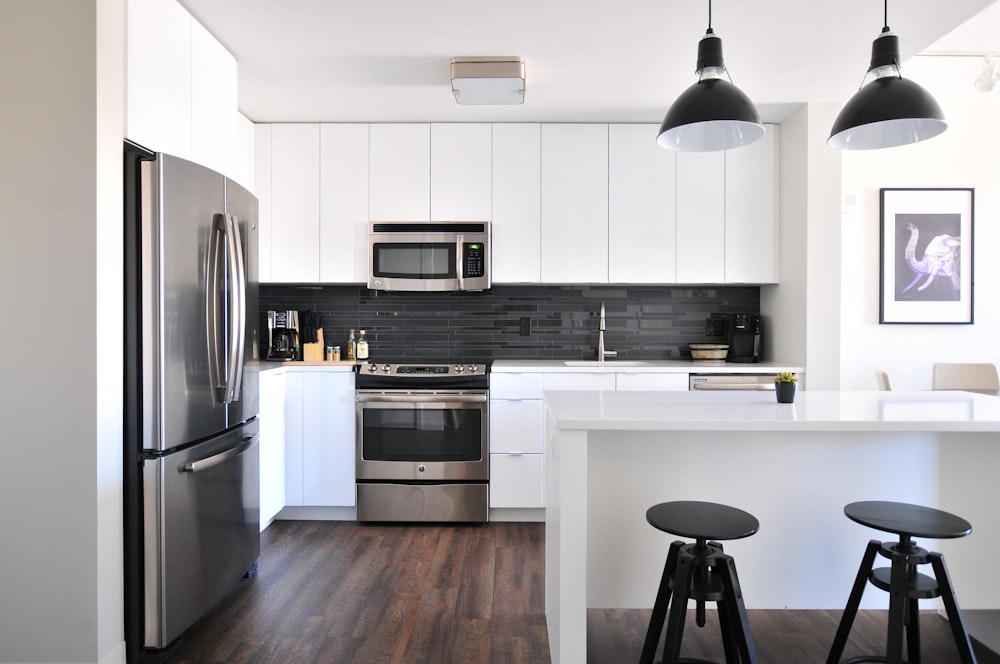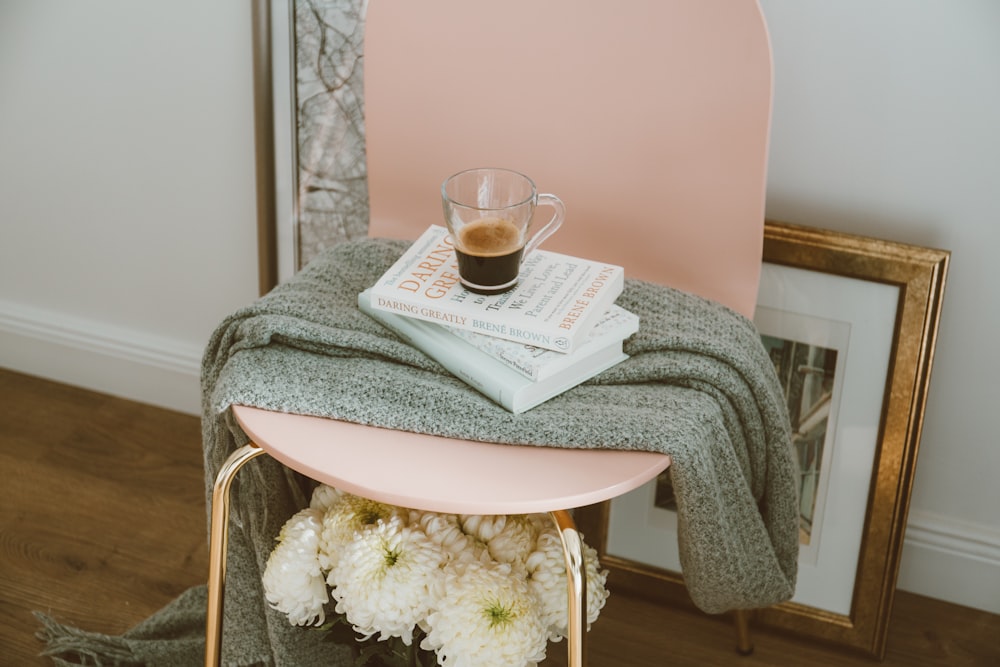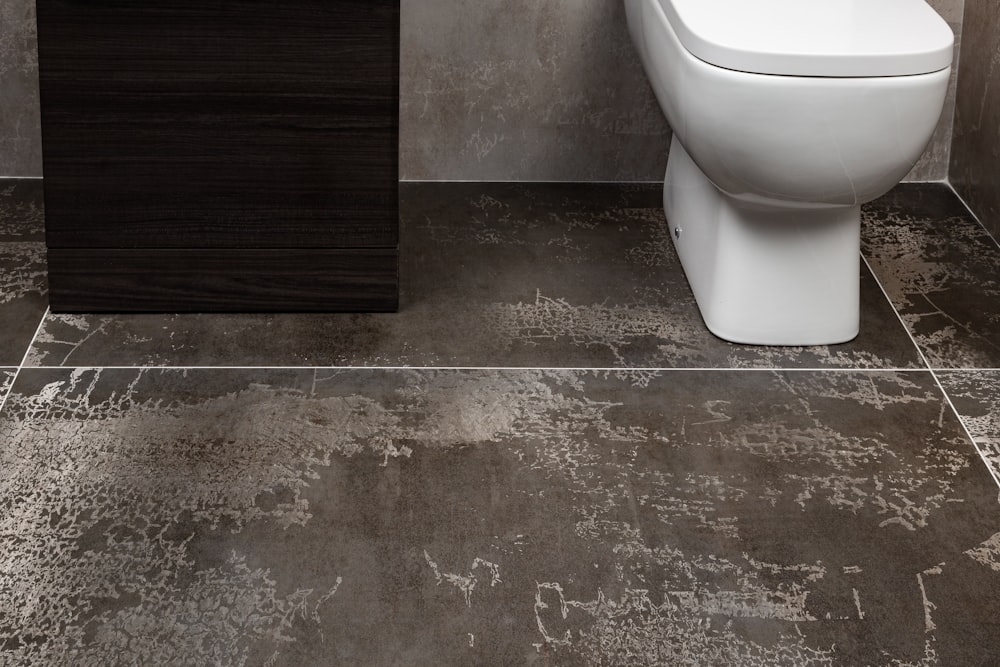Attention: Antique Dining Room Tables and What You Don’t Know About Them
 Antique tables can be found in a variety of different designs and for a variety of different uses. Finding the perfect table for you and for the room you have in mind, is a search that should not be taken lightly. You might want a large antique oak dining table; this could date from as far back as the 1600’s. Or perhaps a more elegant mahogany table with sleek curved legs dating from the 18th or 19th century would suit you better. The style and character of the house or room you are furnishing ought to lead the way to the period or style of table you choose.
Antique tables can be found in a variety of different designs and for a variety of different uses. Finding the perfect table for you and for the room you have in mind, is a search that should not be taken lightly. You might want a large antique oak dining table; this could date from as far back as the 1600’s. Or perhaps a more elegant mahogany table with sleek curved legs dating from the 18th or 19th century would suit you better. The style and character of the house or room you are furnishing ought to lead the way to the period or style of table you choose.
4 Things to look for when buying a table:
1. A good example of an antique table should have a rich veneer, honed from years of polishing and general use.
2. Look out for dents and scratches, but don’t be put off by signs of wear. A table that has been used for several hundred years should carry with it all the character it has accumulated in that time.
3. Be careful to watch out for antique tables that have been made much later from antique wood, such as floorboards. These are not true, genuine antique tables.
4. You’ll need to consider your budget when looking for an antique table. Most tables on the market are from 1650 or later, and whichever period the table hails from, can be a big factor in pricing the piece. During the 17th century, furniture was very much considered as a luxury for the upper classes. Furniture was by no means made in bulk as it is today, so the rarer pieces are likely to be much more expensive. Later in the Victorian period, much of the middle class were also able to afford furniture, and manufacturers had the chance to produce many more designs than before. This furniture is likely to be cheaper, simply because there is more of it on the market.
Choosing the right table
You might have an idea that you will buy a dining table, or a coffee table; but you needn’t think only in terms of the type of furniture you are used to today. Throughout history furniture designers were much more open-minded to the use of tables, and created them for specific purposes. Craftsmen were making lamp tables, card tables, tea tables, writing tables and library tables to name just a few. While you don’t have to use them for their original design, many of these tables possess a unique charm. Some were painted and had colourful inlays, while others had tiny drawers with delicate handles.
A smaller table might be the best way to incorporate an antique piece into your room design. If you go for the largest oak antique dining table you can find, you might be surprised when you see the price tag. Georgian and Queen Anne dining tables can fetch in the region of $10,000; while a well preserved farm table might cost around $3000.
Don’t feel at all put off by that, though. The beauty of antique hunting is finding the best pieces at the bargain prices!










